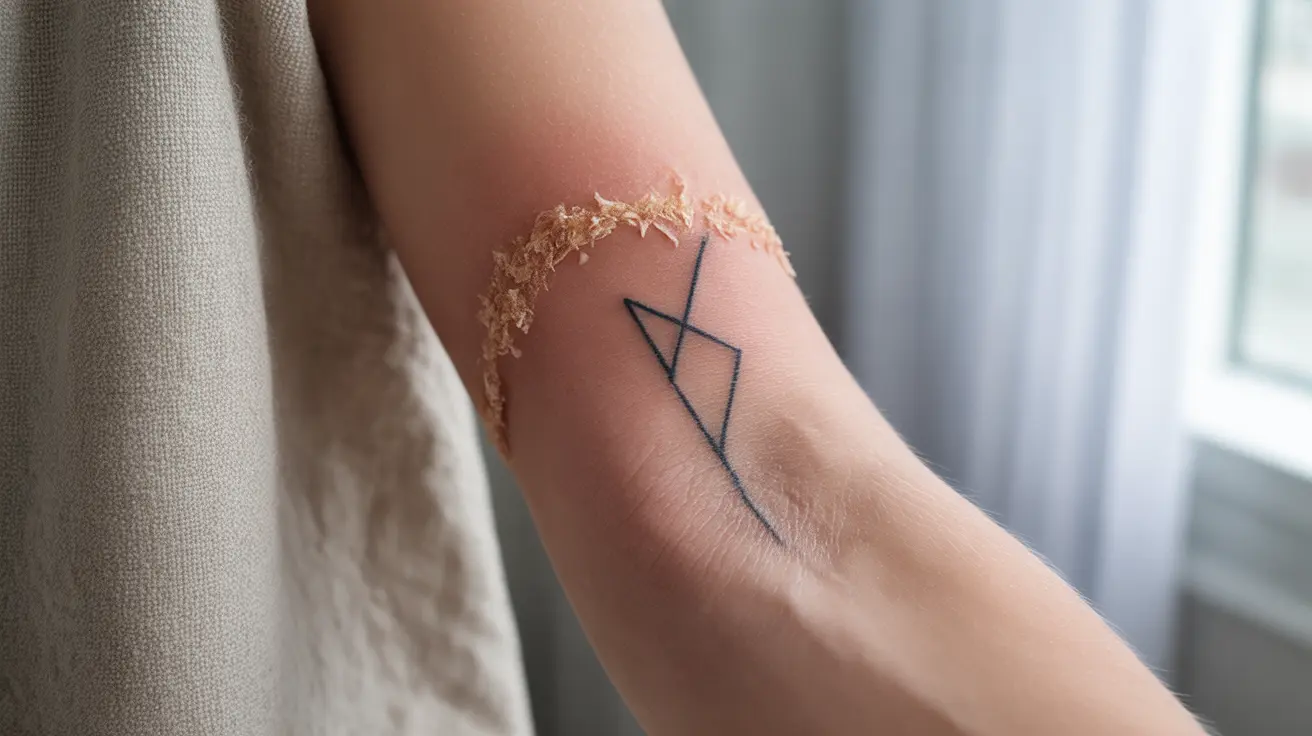Getting a new tattoo is an exciting experience, but the aftercare process is crucial for ensuring your artwork heals properly and maintains its vibrancy. Dry healing has emerged as a popular tattoo aftercare method that differs significantly from traditional moisturizing approaches. This comprehensive guide will explore everything you need to know about dry healing your tattoo and help you determine if it's the right choice for you.
Understanding Dry Healing for Tattoos
Dry healing is a minimalist approach to tattoo aftercare that involves letting your tattoo heal naturally without applying lotions, ointments, or moisturizers. This method relies on your body's natural healing processes, allowing the skin to form a protective barrier as it repairs itself. The primary goal is to keep the tattoo clean and dry throughout the healing process.
The Science Behind Dry Healing
When you get a tattoo, your skin undergoes trauma from the needles depositing ink into the dermis layer. During dry healing, your body forms a natural scab that protects the wound while new skin cells develop underneath. This process can help prevent excess moisture from becoming trapped under the skin, which some artists believe may affect how well the ink settles.
Advantages of the Dry Healing Method
Dry healing offers several potential benefits for tattoo aftercare:
- Reduced risk of contamination from product ingredients
- Lower chance of over-moisturizing
- Simplified aftercare routine
- Potentially faster healing time
- Less risk of product allergies or reactions
Potential Challenges and Risks
While dry healing can be effective, it's important to understand the possible drawbacks:
- Increased itching during healing
- Risk of excessive scabbing
- Potential for dry, tight skin
- Higher likelihood of scratching due to discomfort
- Possible color fading if scabs are disturbed
Proper Dry Healing Techniques
Initial Care (Days 1-3)
The first few days are crucial for proper healing. Remove the bandage after 2-24 hours (following your artist's specific instructions), gently wash the area with unscented antibacterial soap, and pat dry with a clean paper towel. After this, leave the tattoo exposed to air whenever possible.
Ongoing Care (Days 4-14)
During the following weeks, maintain cleanliness by washing the tattoo 1-2 times daily with mild soap and water. Avoid soaking the tattoo, and stay away from swimming pools, hot tubs, and direct sunlight. Let the tattoo breathe and heal naturally, resisting the urge to pick at scabs.
When to Choose Traditional Moisturizing Instead
Dry healing isn't suitable for everyone. Consider using traditional moisturizing methods if:
- You live in an extremely dry climate
- You have naturally dry or sensitive skin
- Your tattoo is located in an area with frequent movement
- You've experienced healing problems with previous tattoos
- Your tattoo artist specifically recommends against dry healing
Frequently Asked Questions
What is dry healing a tattoo and how does it differ from other aftercare methods? Dry healing involves letting your tattoo heal naturally without applying any moisturizers or ointments. This differs from traditional methods that use various products to keep the tattoo moisturized throughout healing.
What are the risks and side effects of dry healing a new tattoo? The main risks include excessive itching, scabbing, temporary skin tightness, and potential color loss if scabs are accidentally removed. Some people may also experience more discomfort compared to moisturizing methods.
How should I care for my tattoo properly when dry healing it to avoid scabbing and infection? Keep the area clean by washing it gently with mild soap 1-2 times daily, pat dry completely with clean paper towels, and avoid touching the tattoo with unwashed hands. Allow the tattoo to breathe and stay away from tight clothing that might stick to it.
Can dry healing affect the final appearance and quality of my tattoo? While dry healing can result in excellent outcomes when done correctly, improper care or excessive scabbing could affect the final appearance. Success largely depends on your skin type, the tattoo location, and how well you follow aftercare instructions.
When should I consider using moisturizers instead of dry healing for tattoo aftercare? Consider using moisturizers if you have naturally dry skin, live in an arid climate, have a tattoo in a high-movement area, or if your tattoo artist specifically recommends against dry healing. Always follow your artist's professional advice regarding aftercare methods.




